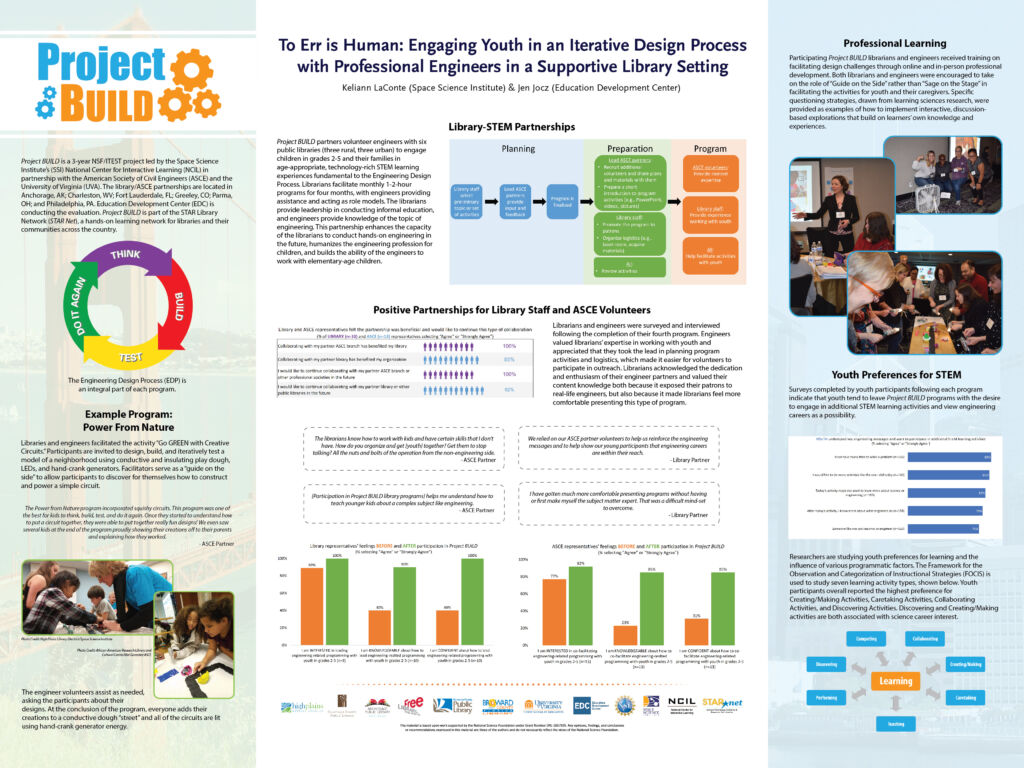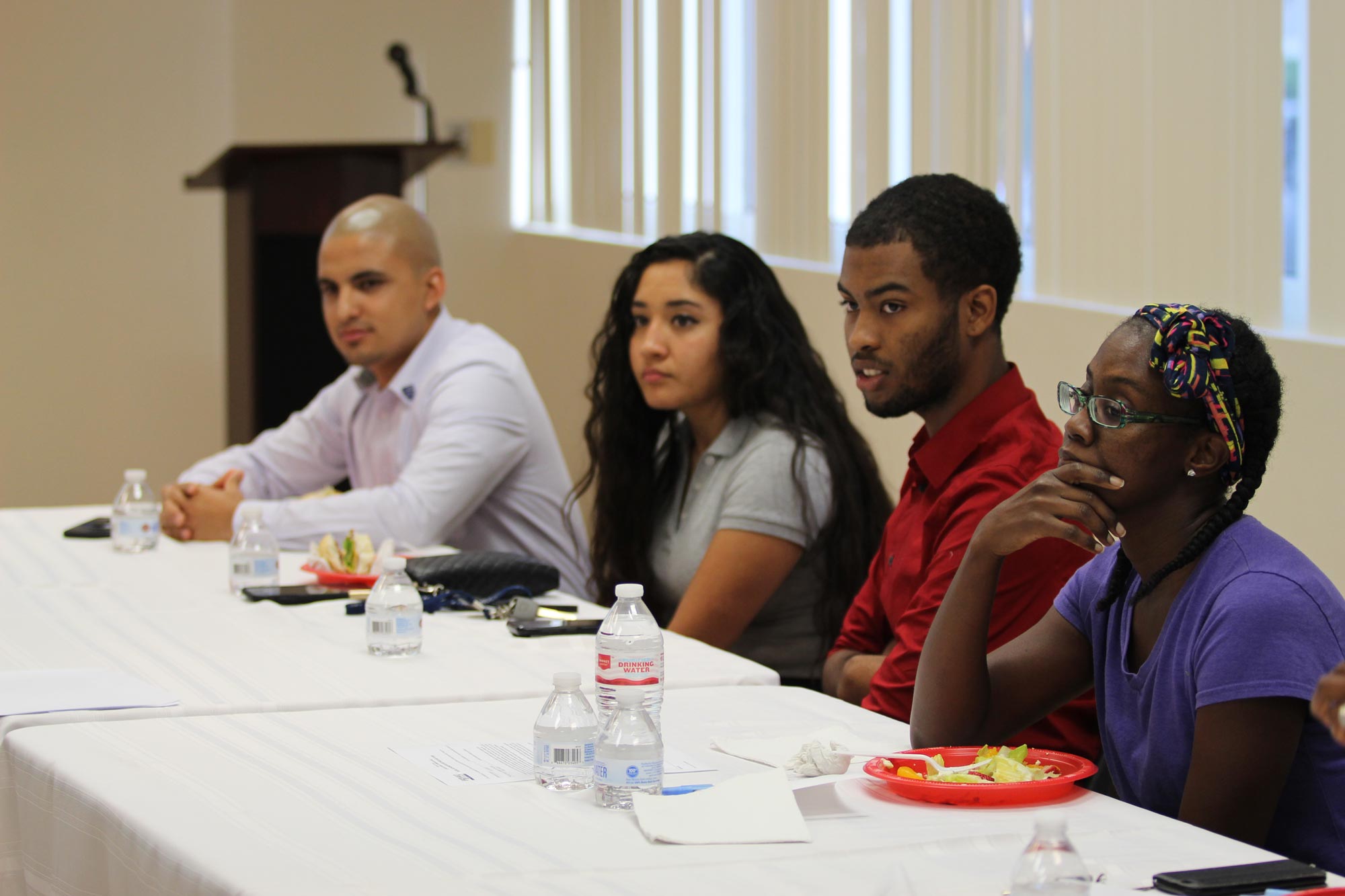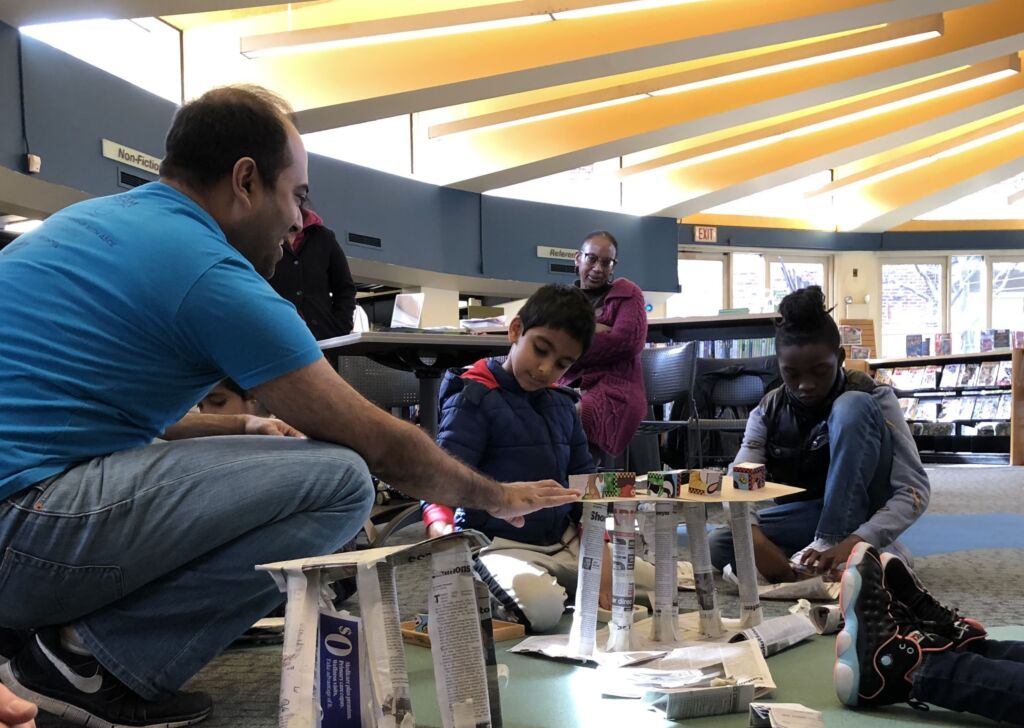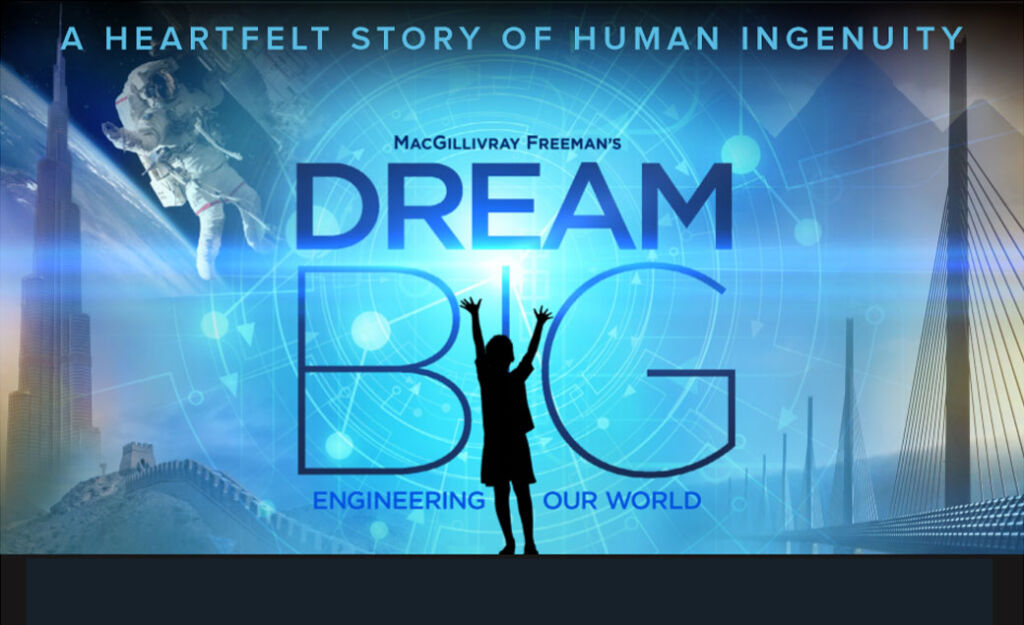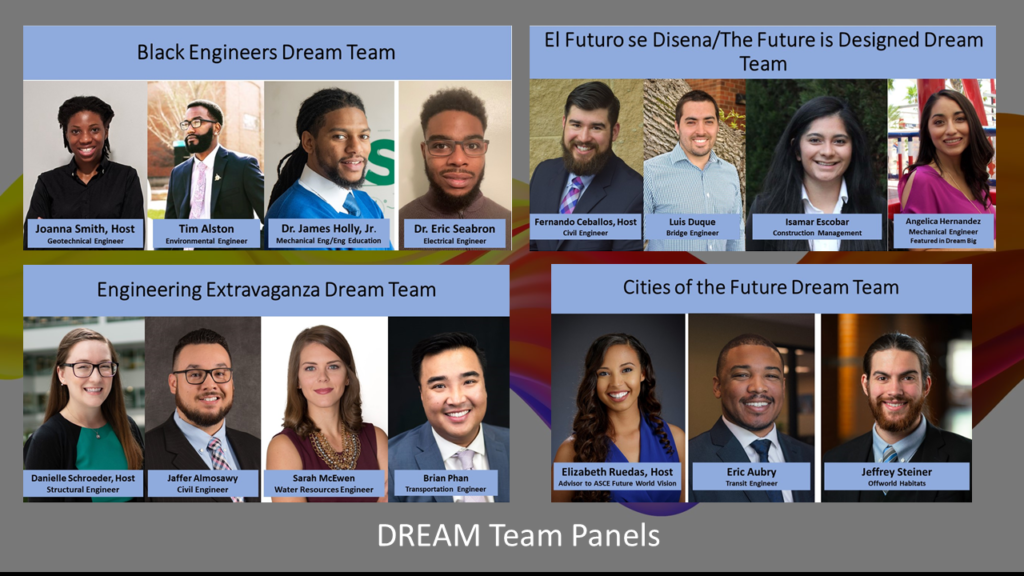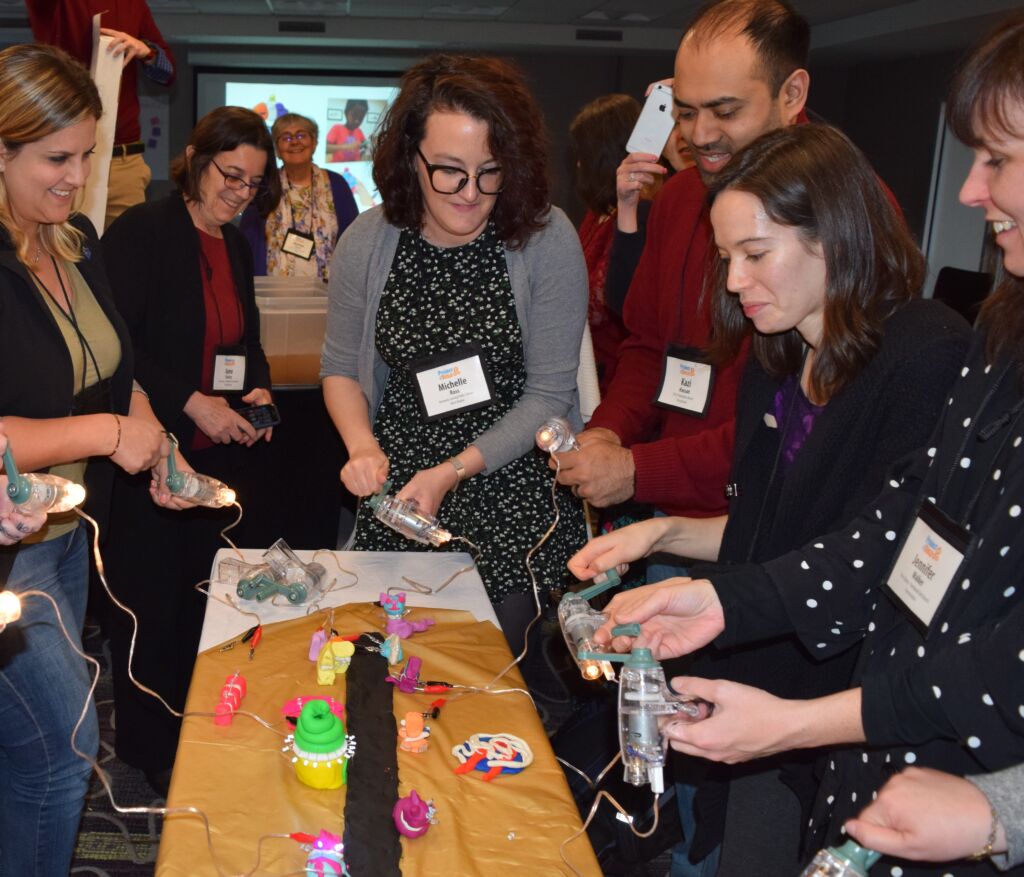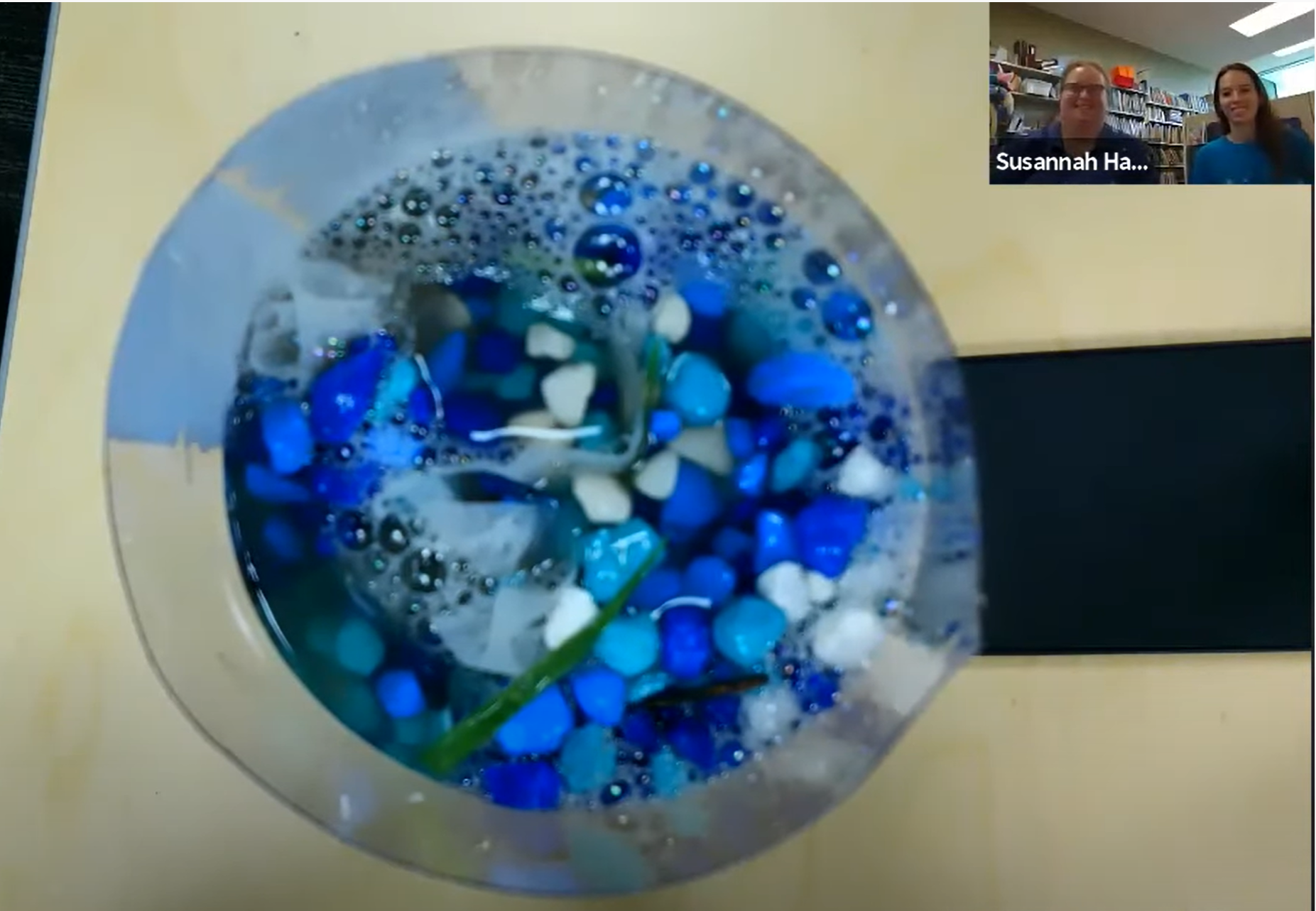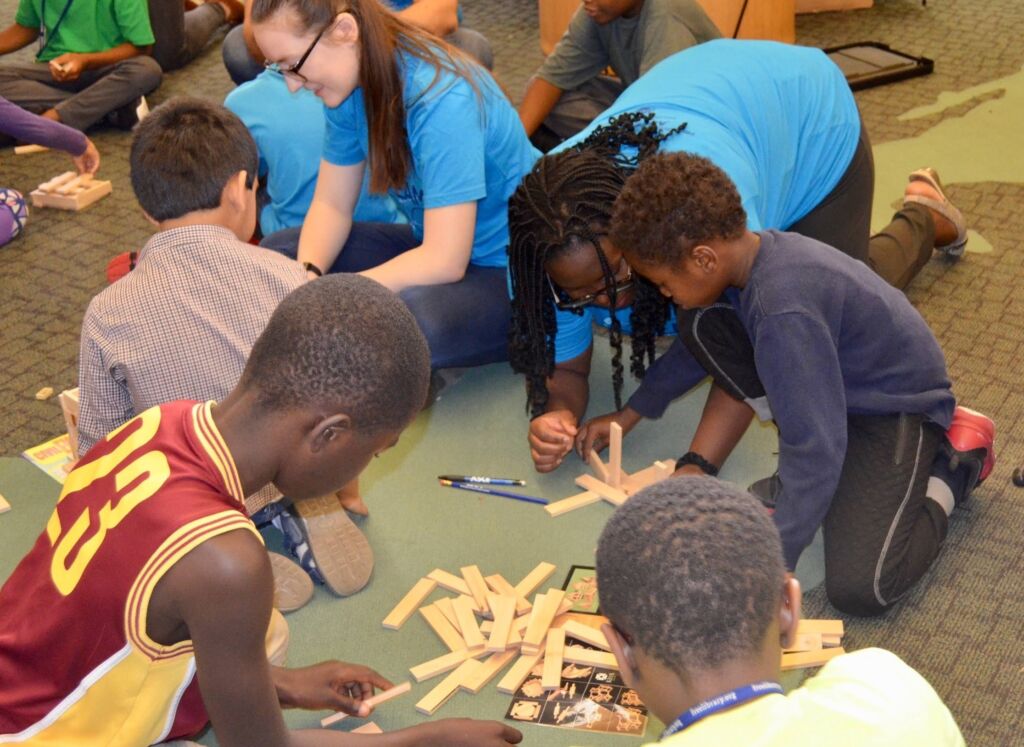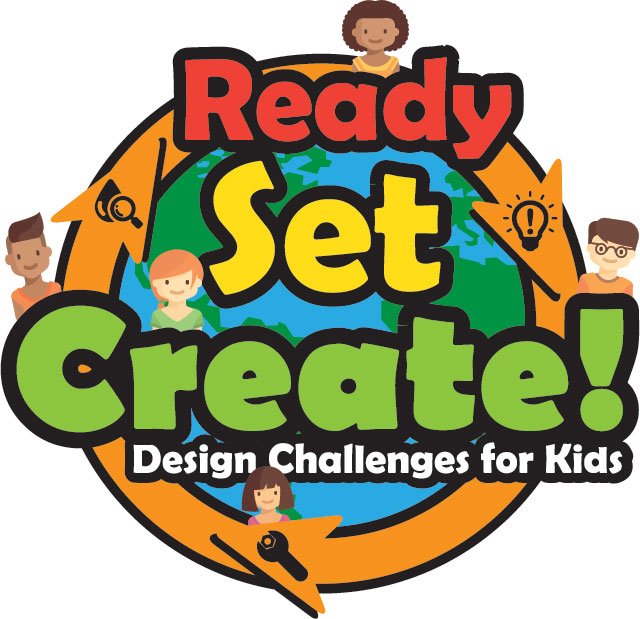Building Using an Interactive
Learning Design
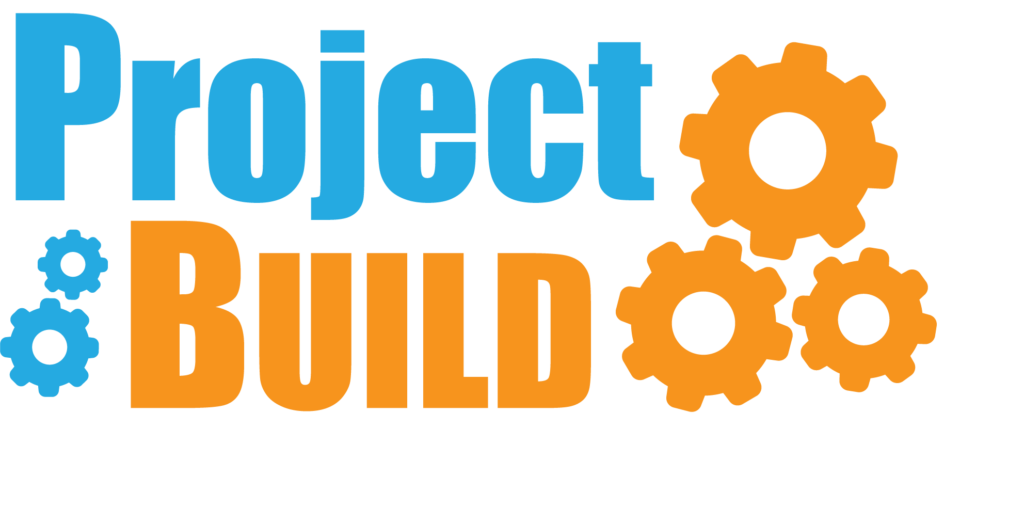
In 2017, the Space Science Institute’s (SSI) National Center for Interactive Learning (NCIL), in partnership with the University of Virginia (UVA) and the American Society of Civil Engineers (ASCE), was awarded a grant from the National Science Foundation (NSF) to develop and implement Project BUILD (Building Using an Interactive Learning Design). From 2017-2021, Project BUILD engaged youth (grades 2-5), their families, library staff, and professional engineers in age-appropriate, technology-rich and engineering design-focused STEM learning experiences in libraries across the country – from Florida to Alaska!
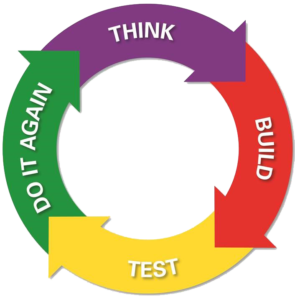
The project successfully advanced efforts of the Innovative Technology Experiences for Students and Teachers (ITEST) program at NSF. The primary ITEST goal of this project was to better understand and promote practices that increase students’ motivations and capacities to pursue careers in fields of science, technology, engineering, or mathematics (STEM). You can learn more about ITEST projects and resources at the STEM Learning and Resource Center.
The project team engages youth (grades 2-5), their families, librarians, and professional engineers in an informal learning environment with age-appropriate, technology-rich STEM learning experiences fundamental to the Engineering Design Process.
Project Team
• PI and Project Director: Paul Dusenbery (NCIL/SSI)
• Co-PI: Keliann LaConte (NCIL/SSI)
• Co-PI: Jeannine Finton (ASCE)
• Co-PI: Robert Tai (UVA)
• Researcher: Angela Skeeles-Worley (UVA)
• Lead Evaluator: Jennifer Jocz (EDC)
• Evaluator: Sara Greller (EDC)
• Project Manager: Anne Holland (NCIL/SSI)
• Education Coordinator: Brooks Mitchell (NCIL/SSI)
• Education Coordinator: Stephanie-Vierow Fields (NCIL/SSI)
• Education Projects Assistant: Beatrice Chavez (NCIL/SSI)
Project Vision
The overarching aim of Project BUILD was to better understand how youth’s learning preferences relate to their STEM learning experiences through the use of engineering-focused, interactive activities and exposures to actual engineers. It also sought to better understand and build community members’ capacity to inspire and help youth learn about STEM careers through a unique Community Dialogue Framework.
Project Partners
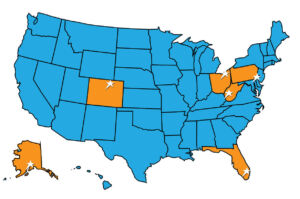
Project BUILD materials, activities, and resources are part of NCIL’s ground-breaking STAR Library Network (STAR Net). Two libraries, High Plains Library District in Colorado and the African-American Research library and Cultural Center in Florida, and their ASCE partners were selected to serve as pilots, with an additional four library/ASCE pairs (2 urban and 2 rural) selected early in 2018.
From 2018-2021, these six libraries and their ASCE partners facilitated engaging engineering learning experiences through hands-on activities, circulating kits, virtual programs and more. The aforementioned Community Dialogues brought communities together to discuss issues important to them, from STEM learning and career opportunities to equitable library access. The results and evaluation from Project BUILD showed that learners responded positively to the project’s vision.
The American Society of Civil Engineers (ASCE) represents more than 150,000 members of the civil engineering profession in 177 countries. Founded in 1852, ASCE is the nation’s oldest engineering society. ASCE stands at the forefront of a profession that plans, designs, constructs, and operates society’s economic and social engine – the built environment – while protecting and restoring the natural environment.
ASCE is divided into geographic units that cover the entire U.S. Attracting youth to the profession is one of the ASCE’s top priorities, and it has an active volunteer network that matches engineers with needs at local schools and community organizations like public libraries, and supports them by providing training at annual Multi-Region Leadership Conferences and disseminating training videos and 100+ civil engineering outreach activities through the ASCE website.
Community Dialogues
Participating Project BUILD libraries hosted Community Dialogue events to engage in conversations with representatives from their local communities, including ASCE volunteers, local business/industry, community organizations, Girl and Boy Scout leaders, 4-H, homeschool groups, caregivers, and teachers, with an emphasis on including representatives from groups currently underrepresented in STEAM professions.
This short video highlight’s a Project BUILD library, the African American Research Library and Cultural Center in Broward County, Florida, and how they were able to facilitate a successful Community Dialogue in their library.
Learning Resources
Learning resources, including activities, videos, programmatic ideas, and more, can be found on the Project BUILD Learning Resources page. If you’re short on time, head straight for the Engineering Program Toolkit!
STAR Net's STEM Activity Clearinghouse includes active learning program activities across a broad range of STEM subjects (e.g., astronomy, earth science, technology, health, and engineering). The Clearinghouse is a "one-stop shop" for free STEM activities designed specifically for the library setting, based on librarian demand and feedback. There are currently over 500 STEM activities on the Clearinghouse in the areas of biology, citizen science, computational thinking, earth science, engineering, health, space science, technology, and more. Visitors to the Clearinghouse can search by content area, age group, time to complete activity, time needed to prep activity, cost associated with activity materials, difficulty level (by content), or mess level.
The 23 interactive design challenges and supporting resources that were used for Project BUILD were placed on the STEM Activity Clearinghouse in corresponding "Collections" (Clean Up Our World, Designed to Survive, Power from Nature, Span-tastic Bridges) so all public library staff could access them. As the Project BUILD project team, including partner libraries, developed resources to support engineering activities (including translated materials, modifications, and supporting guides) throughout the project, they were placed on the STEM Activity Clearinghouse to be available for all public library staff.
Dream Big
Project BUILD utilized many resources, including activities, videos, and learning tools, from ASCE’s Dream Big project. Dream Big is a film for IMAX® and giant screen theaters that showcases the ingenuity needed to create engineering marvels as well as the compassion that drives engineers to create better lives for all. It aims to motivate a new generation of engineers and offers everyone the opportunity to experience engineering in a fresh and exciting way. Dream Big resources and programs include 50+ hands-on activities, girl-centered events, lesson plans, design challenge exhibits, videos and more.
The Project BUILD team drew on these resources to provide exciting engineering challenges that library staff and engineers could facilitate together. When the COVID-19 pandemic hit and many patrons were forced to learn from home, Dream Big stepped up quickly to provide instructional videos for “at-home” versions of their interactive activities. Numerous Dream Big activities and activity modifications can be found in the Engineering Design Challenges collection on the STEM Activity Clearinghouse.
Dream–Build–Create Engineering Program and Dream Team Panels
This inspirational program offered libraries and their patrons a free film screening of “Dream Big” and live access to several virtual panels with Dream Teams of young, diverse engineers. Choose a topic below to watch the virtual panel video:
Training
2018 Workshop
The Project BUILD team held a workshop April 13 and 14, 2018 in Denver, Colorado. A total of 20 individuals participated, including library staff, representatives from ASCE, and project team members. During this workshop, the Project BUILD team shared strategies and resources that would help library staff and their engineer partners effectively facilitate engineering design challenges using hands-on materials. An emphasis was placed on providing networking and relationship-building opportunities for the library staff and engineers to help empower them to be effective co-facilitators. Time was given so that library staff and engineers could develop programming plans moving forward. The workshop also placed an emphasis on active discussions, ranging in topics from developing promotional material to recognizing implicit bias.
Project BUILD partners crank ferociously to bring energy to their “neighborhood” in the interactive activity, Go GREEN with Creative Circuits.
Virtual Training
The training for Project BUILD partners did not stop there. In the following years, the STAR Net professional development team facilitated a series of training webinars and coaching calls with library staff and ASCE engineers to review interactive activities, learning resources, and facilitation methods. These ongoing conversations built upon the more formal foundation of training from earlier in the project. In addition, Project BUILD partners were even brought on to help STAR Net facilitate webinars for public library staff across the country!
Project BUILD Partners Justine Rose (ASCE Cleveland Branch) and Susannah Ham (Cuyahoga County Public Library) help facilitate a water filtration activity on the October 1st, 2019 STAR Net Webinar, “Ready, Set, Create! How Engineers and Libraries Can Collaborate to Make a World of Difference.”
Guide on the Side
Throughout Project BUILD, partner libraries and ASCE partners were trained to used “Guide on the Side” facilitation for their interactive activities. “Guide on the Side” is an approach that utilizes questioning that accesses prior knowledge and experiences; lively discussions that encourage deep and open thinking; and a fun, engaging environment in which there are no “wrong” answers. “Guide on the Side” facilitation makes learning a two-way flow of inquiry, interaction, and exploration instead of focusing on facts, definitions, and/or quizzing. See https://www.starnetlibraries.org/resources/guide-on-the-side/ for more details.
Findings
Key Evaluation Findings (Lead Evaluator, Jennifer Jocz; Evaluator, Sara Greller)
Education Development Center (EDC) conducted the external evaluation of Project BUILD. In addition to assessing the overall impact of Project BUILD (summative), EDC investigated the extent that progress was made toward meeting project goals and stakeholder outcomes (formative). Specifically, the evaluation examined:
- How and to what extent the program impacted youths’ understanding of and interest in engineering, including related skills and careers
- How library staff and professional engineers worked together to implement the program, and what they gained from the partnership
- How and to what extent libraries formed community partnerships and adopted the Community Dialoguemodel to reach underserved audiences
Research Plan (Lead Researcher, Dr. Robert Tai; Researcher, Dr. Angela Skeeles-Worley)
Seeking to serve the underserved segments of the library communities, the overarching aim of the project was to provide experiences that expanded young people’s learning preferences to include STEM-related careers as possible options. One approach to enriching youth STEM programming experiences has been the inclusion of subject matter experts such as professional engineers. While the subject matter knowledge of professionals are a clear advantage, does the participation of engineers contribute more than just expertise? Project BUILD provided access to knowledgeable engineering professionals from ASCE who participated in sessions and offered guidance through their insights and experiences. To better understand this process, Co-PI Tai and his team at UVA explored the following research questions:
- What types of active learning are emphasized in a library-based youth STEM program?
- What are the active learning preferences of youth participants upon completing a library-based STEM program, and how do youth’s active learning preferences align with the active learning preferences of professional engineers as compared to library staff?
The theory underlying the analysis is that youth with learning activity preferences will at times have matched with the program learning activity types and at other times will have not. The key question that the research examined was the following. How do subject matter experts contribute to engaging youth in library-based STEM programs? Results show consistent grouping of active learning preferences matching Engineers and Youth.
Other Project BUILD-related Publications
Mitchell, B., Ratcliffe, C., and LaConte, K. – STEAM Learning in Public Libraries: A “Guide on the Side” Approach for Inclusive Learning, Association for Library Service to Children, Vol 18, No 3, 2020. View Website
Jocz, J., P. Dusenbery, K. LaConte, and J. Finton. 2021. Ready, Set, Create: Engineers inspiring youth to build their dreams. Connected Science Learning 3 (3). View Website

This material is based upon work supported by the National Science Foundation under Grant Number DRL-1657593. Any opinions, findings, and conclusions or recommendations expressed in this material are those of the authors and do not necessarily reflect the views of the National Science Foundation.

